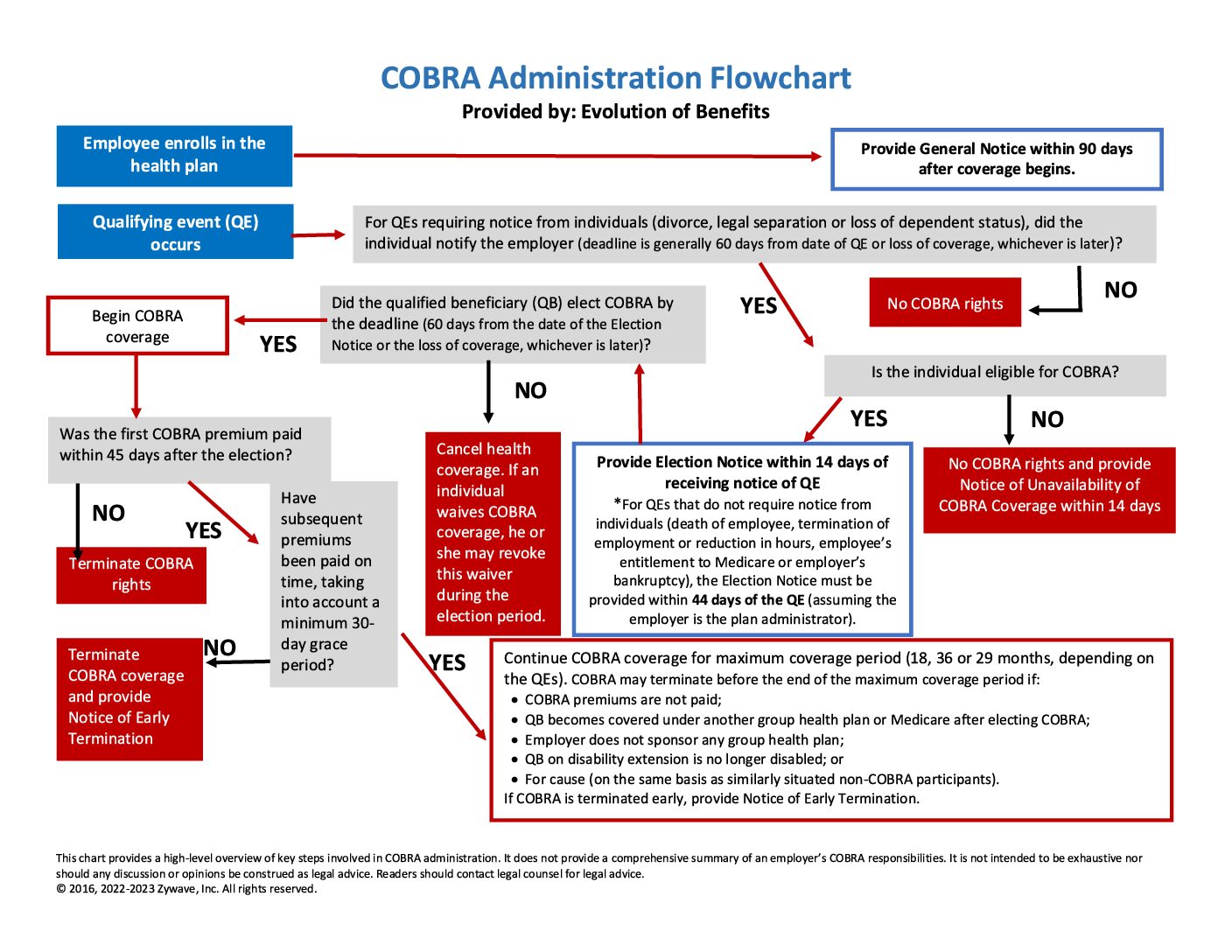Daily Mental Health Checklist📝

Your mental health includes how you think, feel and act, as well as your emotional and social well-being. Mental health can change over time, depending on factors like workload, stress and work-life balance. Taking care of your mental health doesn’t have to be overwhelming. Small, consistent actions can make a big difference in how you feel and function. This simple checklist is designed to help you stay grounded, boost your mood and build resilience—one day at a time.
Remember and Honor💙❤️

On Memorial Day, we honor the brave who sacrificed for our country, laying the foundation of our freedoms. We thank and support their families, upholding the values they fought for. #MemorialDay #RememberingTheFallen
U.S. Prescription Drug Spending Rose 10.2% in 2024📈

A new report from the American Society of Health System Pharmacists (ASHP) revealed that prescription drug spending in the United States reached nearly $806 billion in 2024, up 10.2% from 2023. The increase was largely driven by the demand for weight loss medications, including glucagon like peptide-1 (GLP-1) drugs. GLP-1 medications are prescribed for diabetes and obesity and are now the top drug category by total spending and the fastest-growing segment on the market.
COBRA Administration Flowchart

Please click on the link below for more to view.
Health Plans Must Expand Coverage for Breast Cancer Screening for 2026🎀

Effective for plan years beginning after Dec. 30, 2025, group health plans and health insurance issuers must expand their first-dollar coverage for preventive care for women to include additional breast cancer imaging or testing that may be required to complete the initial mammography screening process. In addition, health plans and issuers must cover patient navigation services for breast and cervical cancer screening without cost sharing.
Helping Employees Manage Out-of-Pocket Medical Expenses💰💲

The rising cost of health care, including prescription drugs, has made it increasingly difficult for employees to afford medical care. Employees may forgo medical care to avoid out-of-pocket costs, even when such care is recommended or necessary. Employees who do receive medical care may struggle to pay their health care bills. High-deductible health plans (HDHPs) can help employees by keeping premium costs manageable, but they can also create more financial risk for employees until the deductible is met.
New Executive Order Aims to Reduce Drug Costs by Aligning with Global Prices📉

On May 12, 2025, President Donald Trump issued an executive order (EO) that aims to bring the prices Americans pay for prescription drugs in line with those paid by similar nations. According to a White House fact sheet, the prices Americans pay for brand-name drugs are more than three times the price other nations pay.
In April, President Trump signed another EO aimed at lowering prescription drug prices, which included a variety of directives related to the Medicare program and the pharmaceutical industry. The directives may not have an immediate impact on drug costs, as they will take time to implement.
Biosimilar Market Trends

A decade after the first biosimilar approval, these medications are still gaining approval from the U.S. Food and Drug Administration (FDA) and entering the market each year. Biosimilars are the most cost-efficient type of biologic medication, and they are safe and effective for treating many illnesses. Not only do these drugs have the potential to offer significant savings to the health care system, but they also increase patient access to medications and specialty treatments that their insurance may not have previously covered.






















